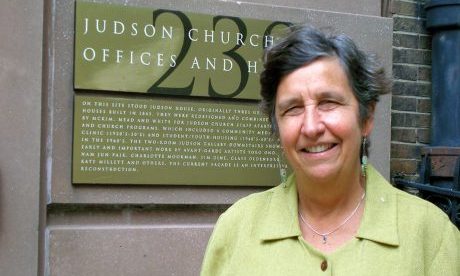Adaptation is a fundamental environmental thought. It means evolution or evolving.
It implies that nature changes and lives and dies. It means that nature is more like an organism than a thing.
Following Pope Francis, many of us have come to argue that all of nature is alive and in a kind of ecological harmony/disharmony with itself.
It is unfair to think of nature as all peace when it also involves disruption. Many of us don’t go all the way to the Gaia hypothesis, which imagines that the Earth itself is living and breathing, but we get pretty close.
With St. Paul, we imagine that the body is a holy temple — both a thing and a not-thing, both a subject and an object, both matter and spirit.
We also call church buildings “temples” or “sanctuaries.”
Congregations of all kinds around the country have gone into a new and rapidly accelerating phase.
Our declining memberships have met their match in increasing costs for our buildings. More often, they are just too big for us, resembling nothing more than a tiny turtle in a big shell.
The increased pace in the closing of church buildings has become extraordinary in many towns and cities across the country.
The temples finally have met their match in the buildings. Membership decline has met its match in empty shells for the spirit and the people. Matter and spirit are richly related.
In his 1998 book The Second Coming of the Church, faith researcher George Barna wrote, “Escaping death after entering the decline phase is very difficult — and the longer it stays mired in decline, the less likely renewal becomes.
“The only suitable course of action is for the church to embark on an intentional campaign designed to introduce radical reinvigoration (new vision from God, or the integration of a new core congregation).” Continue reading
- Donna Schaper is senior minister of Judson Memorial Church in New York City.
